There are a lot of good markets that present real cowhide leather for sale. The leather industry claims that real cowhide leather is offered for sale in the markets. The authentic, undyed hair and skin of a cow are known as cowhide. Even after being colored, it keeps the animal’s original coloring.
Cowhide is produced as a byproduct of the preparation of meat and beef. One frequent byproduct of its manufacturing is leather. Now, a wide range of products, including shoes, wallets, bags, leather coats, belts, and so on, are usually made using this leather.
It can be difficult to identify the difference between a fake cowhide and a genuine one when purchasing leather manufactured from cowhide. The demand for faux cowhide products on the market is rising daily. Genuine cowhide is more durable than its imitation, which is often made of several different types of polymers and does not last nearly as long.

After a few years, it is not unusual for faux cowhide to come apart, in which case you will need to keep replacing it. Genuine cowhide, on the other hand, has a long lifespan. If you want to get real cowhide, be prepared to spend more money. It is commonly accepted wisdom that the original item will be more expensive than the clone.
If your supplier demonstrates genuine care for the products they provide, you can anticipate that they will provide you with a high-quality item that has been thoroughly considered and chosen. The quality of real cowhides is much higher. The texture of real leather will differ noticeably from that of imitation cowhide.
The genuine cowhide has a velvety feel, and when you run your fingertips over the fine fur, it feels warm and comforting. Although the fur occasionally has a hairy feel, this just serves to emphasize the item’s authenticity.
Is cowhide leather good
Have you ever wondered if cowhide leather is a good material for leather shoes and bags? In this part, we elaborate more on cowhide leather. The genuine, unbleached skin and hair of a cow are used to create cowhide. The natural hue of the animal is retained.
The beef and meat industries produce cowhide as a byproduct. To make leather, it is frequently treated. These days, leather is frequently used to make shoes, wallets, bags, leather coats, belts, etc. It can be tough to tell the difference between authentic cowhide and faux cowhide when purchasing cowhide leather.
The market is seeing a huge increase in fake cowhide sales every day. When compared to synthetic cowhide, which is constructed of various polymers, real cowhide is more resilient. You will need to maintain replacing fake cowhide because it frequently disintegrates after a few years.
Real cowhide, however, lasts for a very long time. You will unquestionably pay more for real cowhide. Real products cost more money than fakes, as we are all now aware. You will be sold a high-quality item that has been carefully chosen and treated by suppliers who actually care about their products.
The real cowhide has a higher level of quality. It will feel different from fake leather using real cowhide. Real cowhide is comfortable to the touch because of its softness and fine hair. The fact that the fur occasionally feels slightly bristly just serves to confirm the product’s legitimacy.
Conversely, fake cowhide will eventually become painful to touch even though it initially feels quite soft. Similar to all other animals on the globe, no two cows are exactly the same. Each cow has a distinct pattern that is as individual as a fingerprint, even though the color and pattern designs may be similar.
In other words, if you get an authentic item, it will be totally one of a kind and you won’t be able to find another rug like it anywhere else in the world. The counterfeit ones, however, are frequently machine-printed, making them nearly an exact replica of every other cowhide that the business has ever sold.
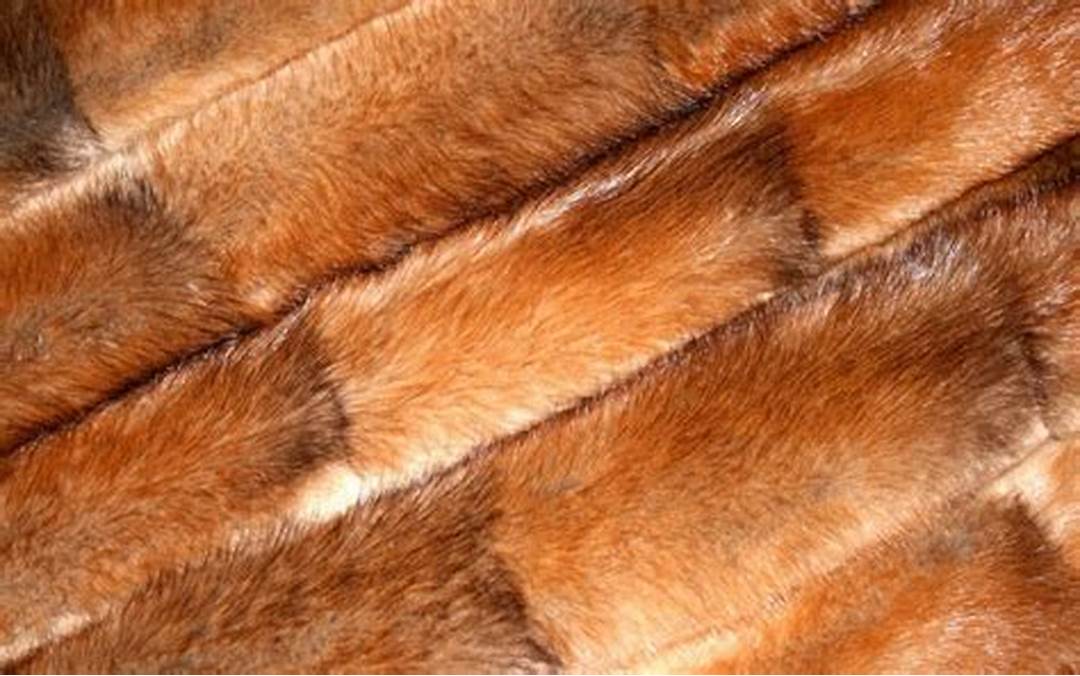
Cowhide leather vs genuine leather
Have you ever wondered to know more information about cowhide vs genuine leather? So, follow us, please.
According to Merriam-Webster, leather is “animal skin prepared for use.” Cowhide is only one kind of leather, though. Additionally, it is the most prevalent and abundant. Any animal’s tanned flesh is known as leather. Deerskin, goatskin, child and calfskin, pigskin, and buffalo skin are the next most popular skins after cowhide.
Splitting is a method exclusive to cowhide compared to other types of leather. The thick cowhide is divided into “splits,” which are two or more layers. “Top grain” refers to the outermost, highest-quality layer, whereas splits are less resilient and more affordable.
Cowhide is the most widely accessible and affordable leather because it is a byproduct of the livestock industry. As of February 2010, Tandy Leather Factory offers top-grain cowhide for as little as $4.99 per square foot, compared to roughly $8 for rawhide goatskin.
Genuine leather denotes the lowest quality of all items made of real leather in addition to the fact that they are made of real leather, which they are. You should interpret that roughly as “At least it’s genuine leather.” Any leather item you buy, such as shoes, wallets, furniture, and car upholstery, is made from cowhide unless differently stated (such as child skin, or calfskin).
Genuine leather typically doesn’t look as great or last as long as the leather of higher quality. Usually, you may find it in belts from mall shops, shoes from budget department stores, and bags or other low-cost items. Products labeled “genuine leather” are actually made of many layers of inferior leather glued with glue and painted to look homogeneous.
It is created using the materials left over after the other, better grades have been removed for more expensive constructions. If you’re simply purchasing something for a low price and don’t give any thought to the quality, this grade of leather is fine. You probably shouldn’t purchase something manufactured from it that you would use every day as it won’t last very long.
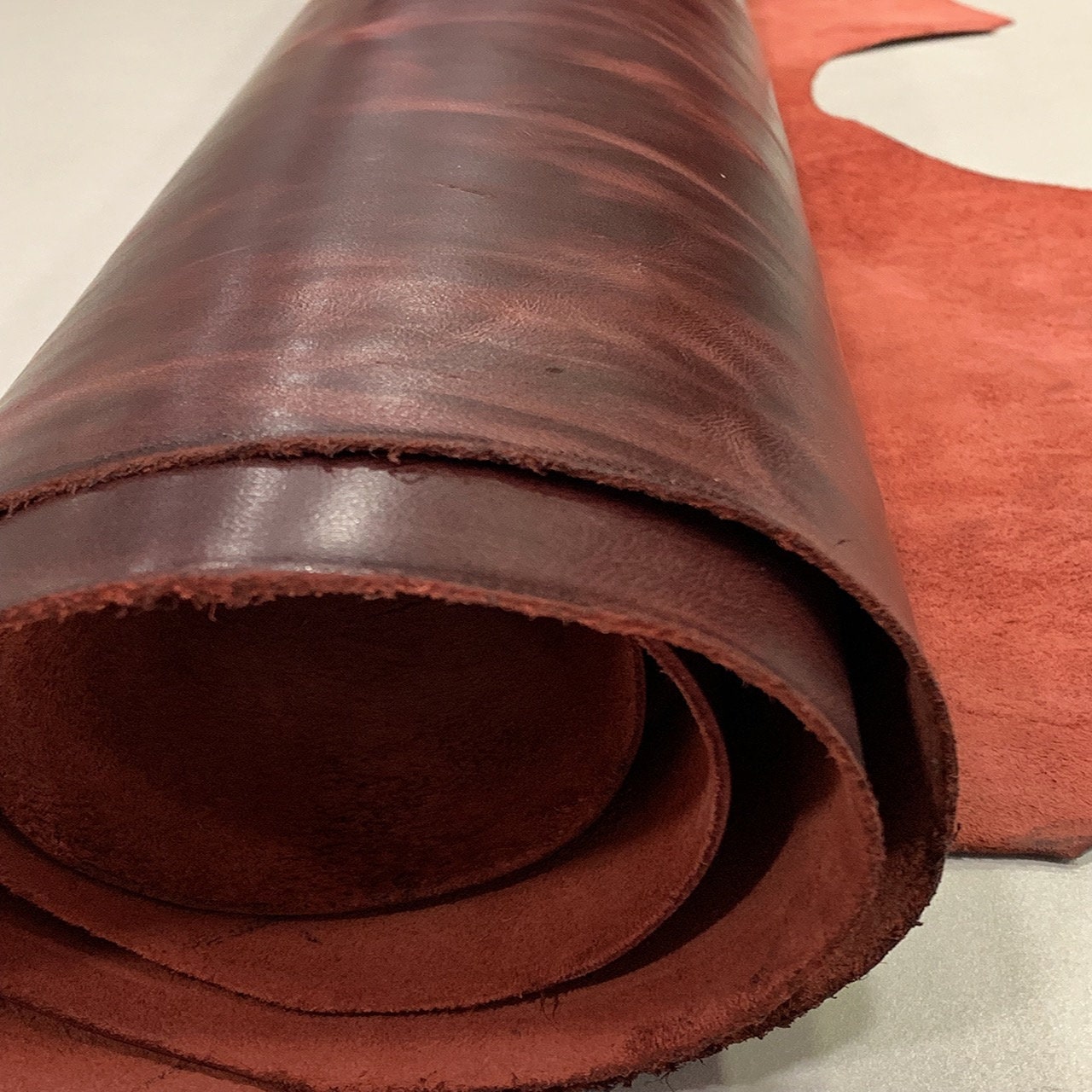
Is cowhide leather expensive
It is obvious that leather materials and products are more expensive than other materials? Cowhide leather is not an exception. The type of leather that was used in the creation of the item, in addition to the technique of manufacture, is often what determines the price of leather items.
When it comes to leather, full-grain leather is often thought to be of the highest quality, while bonded leather and genuine leather are frequently thought to be of the lowest grade. While high street fashion stores frequently stock real leather in order to offer more inexpensive rates, you can typically expect to see more affordable furniture, such as sofas made of bonded leather.
In contrast, designer brands frequently use exotic leathers like ostrich, calf, or full-grain leather in their items. The kind of animal skin that is employed is yet another factor that affects the price. Since cowhide is the most popular type of leather, it costs more than goat and buffalo leather, which are less expensive alternatives.
The two types of leather, real and imitation, are very different. However, the most straightforward way to determine whether something is made of real leather is to look at the substance. Genuine top-grain sheepskin or cowhide costs more money since it takes a long time to choose the ideal animal hide and produce usable leather from it.
This is referred to as tanning. Leather can be tanned using either a chrome tanning method or a vegetable tanning method. Using these methods, a single piece of leather can be tanned in as little as one day or as long as 40 days. Therefore, the final product’s make-up greatly affects how much leather would cost. Items made of genuine leather would be more expensive.
Cowhide leather meaning
cowhide leather, along with other aspects that can be used in leather meaning, is of course “true” or “genuine” leather. This is because the term simply refers to a material that comes from the processing and tanning of raw cow skin.
The natural skin and hair of a cow that has not been bleached are the components that make up cowhide. It has not changed from the animal’s natural color in any way. Cowhide is a product of the food business that is derived from beef cattle. Leather is often crafted from cowhides through the tanning and tanning-drying processes.
After the cow has been put to death, the hide is stripped off. After that, it is chosen while it is still in its natural state, at the very beginning of the process when it is salted. It is structured according to the size, as well as the color. The hide is tanned using a time-honored technique known as “hair on hiding,” which results in a surface that is supple, fragrant, and resistant to shedding hair.
This assures that the cowhide will survive for a significantly longer period of time. It is then allowed to naturally dry, after which the best hides are removed from the rest of the hides, and the ones that cannot be utilized in their whole as decorative items are divided so that they can be used as patchwork carpets.
These are typically the animals whose skin has been damaged in some way (for example, it has been cut or otherwise injured at some point during the animal’s lifetime), which results in the skin tearing after it has been dried. It is possible to dye cowhide to make it look like other skins, such as tiger or zebra skins, however, this process is often kept for the lesser grade cowhides. Hides of the highest grade are typically shown in their natural hues, which vary according to the breed of the bovine used to produce the hide.

Cowhide leather
The term cowhide is used in the leather industry to refer to leather that is of bovine origin, tanned without being cut (i.e. preserving its original complete shape), typically using a chrome tanning method, and appropriate for leather goods in addition to upholstery, furniture, and automotive interiors.
The most prevalent and typically least expensive leather of leather on the market is cowhide, whose production is quite straightforward and low-cost. Then there are also pricey varieties that can be found, depending on the quality of the raw materials utilized, the tanning processes, and the finishing.
Instead of “cowhide,” the general term “hide” is used to refer to any animal’s full skin when discussing whole skins that are not of bovine origin. A “cowhide rug” is a cowhide that has been tanned with the hair still intact.
Even though there are a number of finishes and quality levels that can significantly alter the final price, cowhide leather is often one of the least expensive types of leather. The truth is that cowhide is one of the most popular hides on the market since the cow is widely employed in the food sector and its skin is a waste material with a relatively low price, which is another element that affects the price.
Contrarily, calfskin, calves, and bulls are more expensive because they are scarcer on the market and have better quality qualities in terms of flowers and flaws. In general, cowhide leather can cost anywhere from 15 euros or $15 per square meter (1,5 euros or $1,5 per square foot) to 40 euros or $40 per square meter (4 euros or $4 per square foot) for the most expensive types.
Cowhide, like all other genuine leathers, lasts a very long time, albeit much depends on the tanning process and the surface finishing. A leather hide that has been vegetable tanned tends to last longer than one that has been chrome tanned; however, a finish that is more heavily covered, such as one that is pigmented or printed, would appear less delicate than one that has been aniline finished, despite being more artificial to the eye and touch.

Cowhide leather and sheep leather
in the leather industry, Sheep leather versus cowhide, both are the most popular. But what exactly are they? The goal of this article is to familiarize the readers with them. Knowing the type of skin a leather suit is made of is crucial when purchasing one. How we wear your goods will be directly impacted by the material.
Some are made to keep you warm, while others finish off your summer wardrobe. The leather you choose will also depend on whether you want a model that is relatively light or heavy and inflexible. One of the strongest hides is cowhide leather. It comes in both thick and hefty and thin and flexible varieties.
Its toughness is still there despite this, making it one of the skins most frequently used for protective apparel. In addition to these qualities, this skin is frequently used in the winter because it keeps you warm. For instance, during the fall, this material is used to make 3/4 of the jackets sold under the Schott brand. Regardless, both are well-known and useful; it only relies on the product we choose to employ.
The natural, hairy skin of a cow is what is known as cowhide. Its leather is suitable for use in a wide variety of products, including belts, shoes, wallets, leather coats, furniture, and automobile leather.

Sheep leather is a soft, delicate, and skin-like leather. Its unique quality is how soft it feels to the touch. They are available in all price ranges, and it is normal to discover a good jacket for a reasonable cost. It is also one of the most widely used in the production of leather jackets.
The lamb may be dipped, washed, or turned. Everything is based on how the leather is finished. The production of tanning procedures is where the variances are most noticeable.

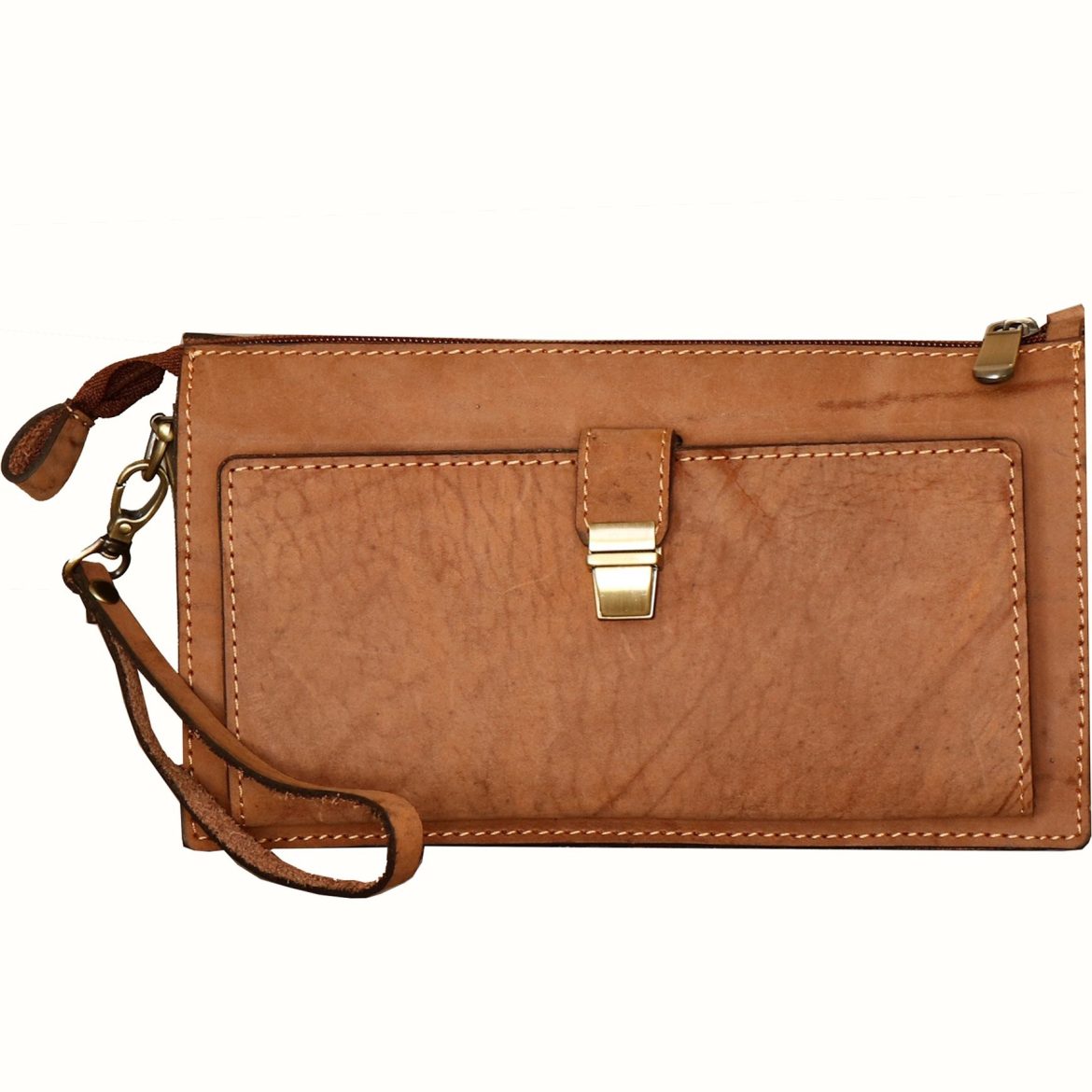

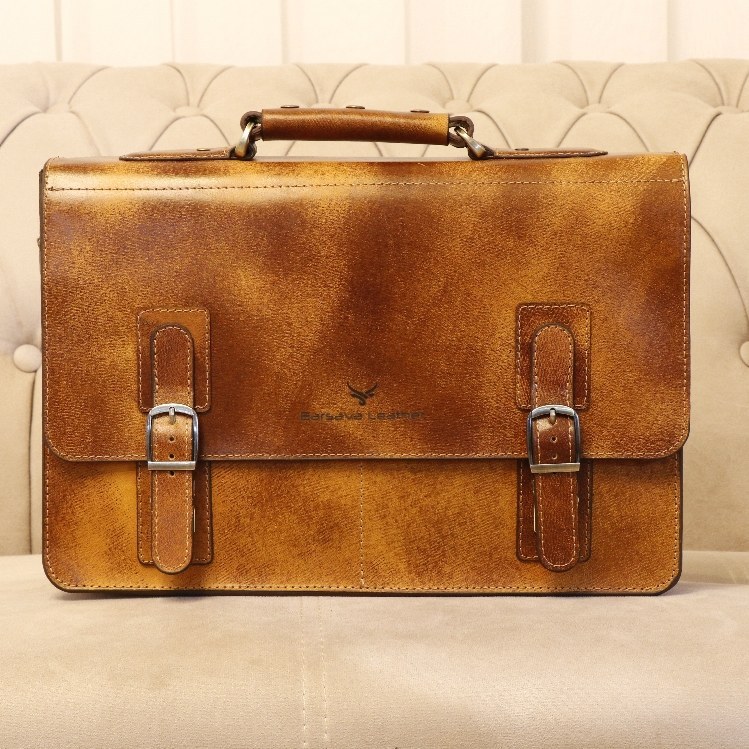
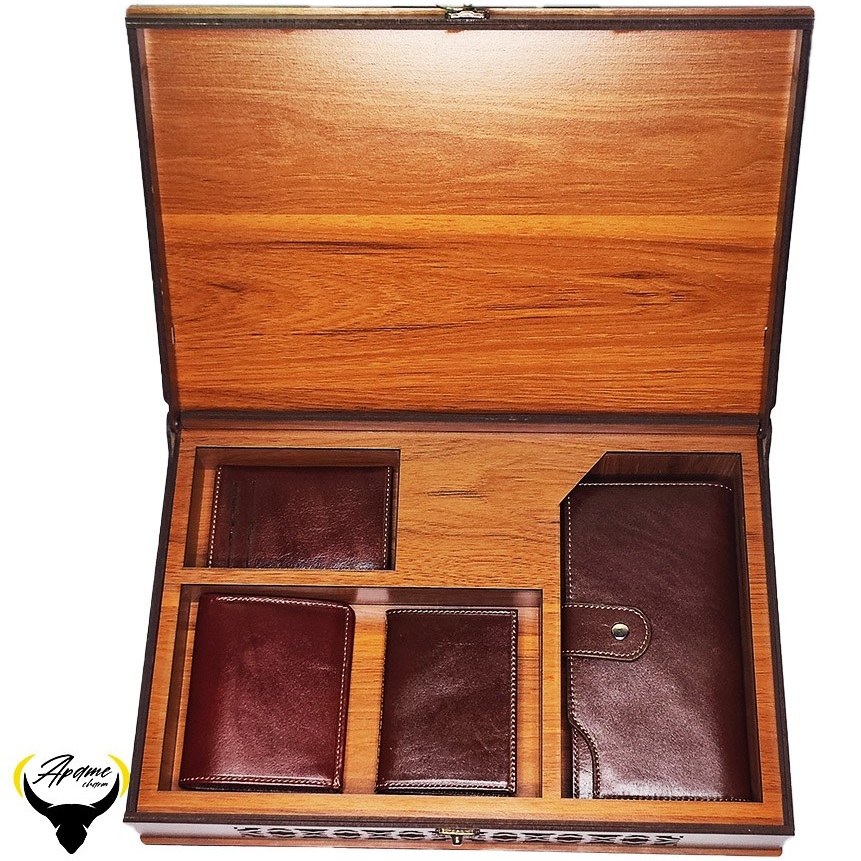
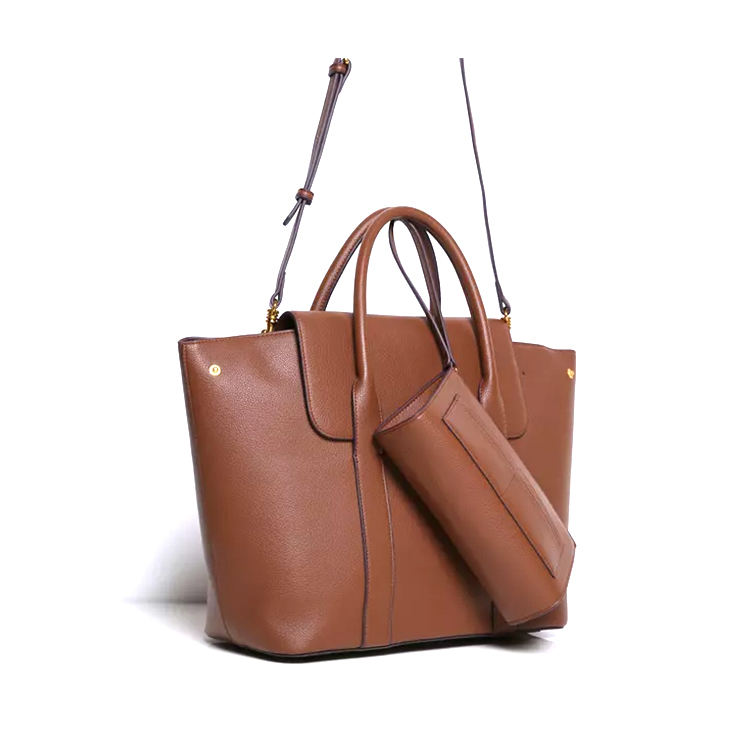


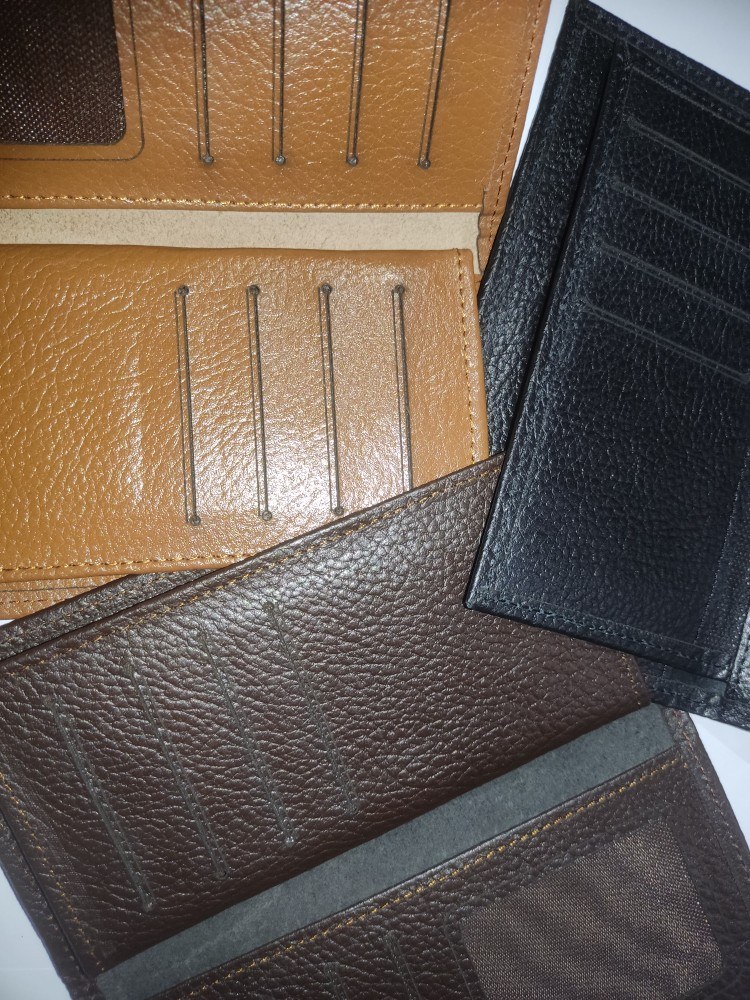
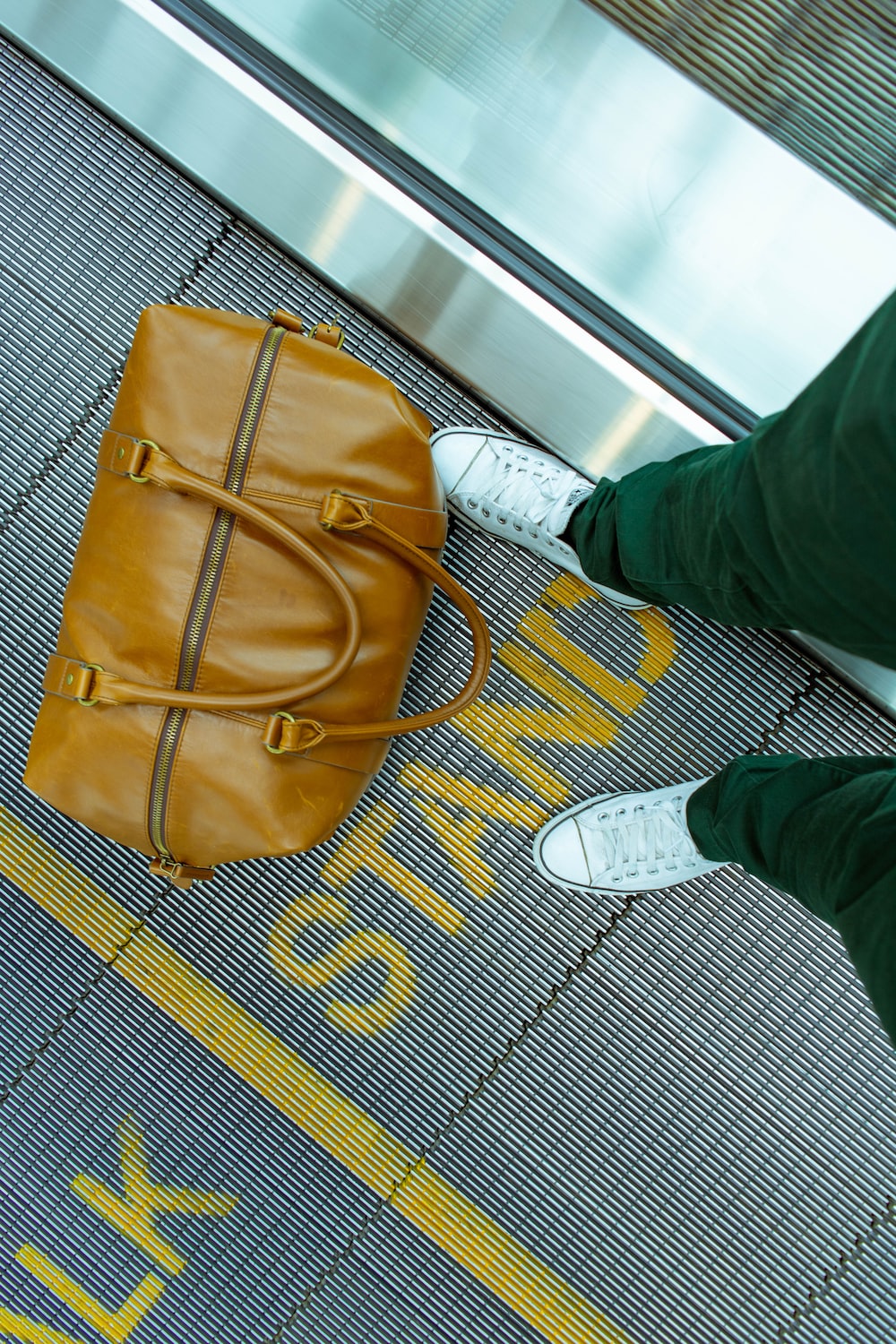
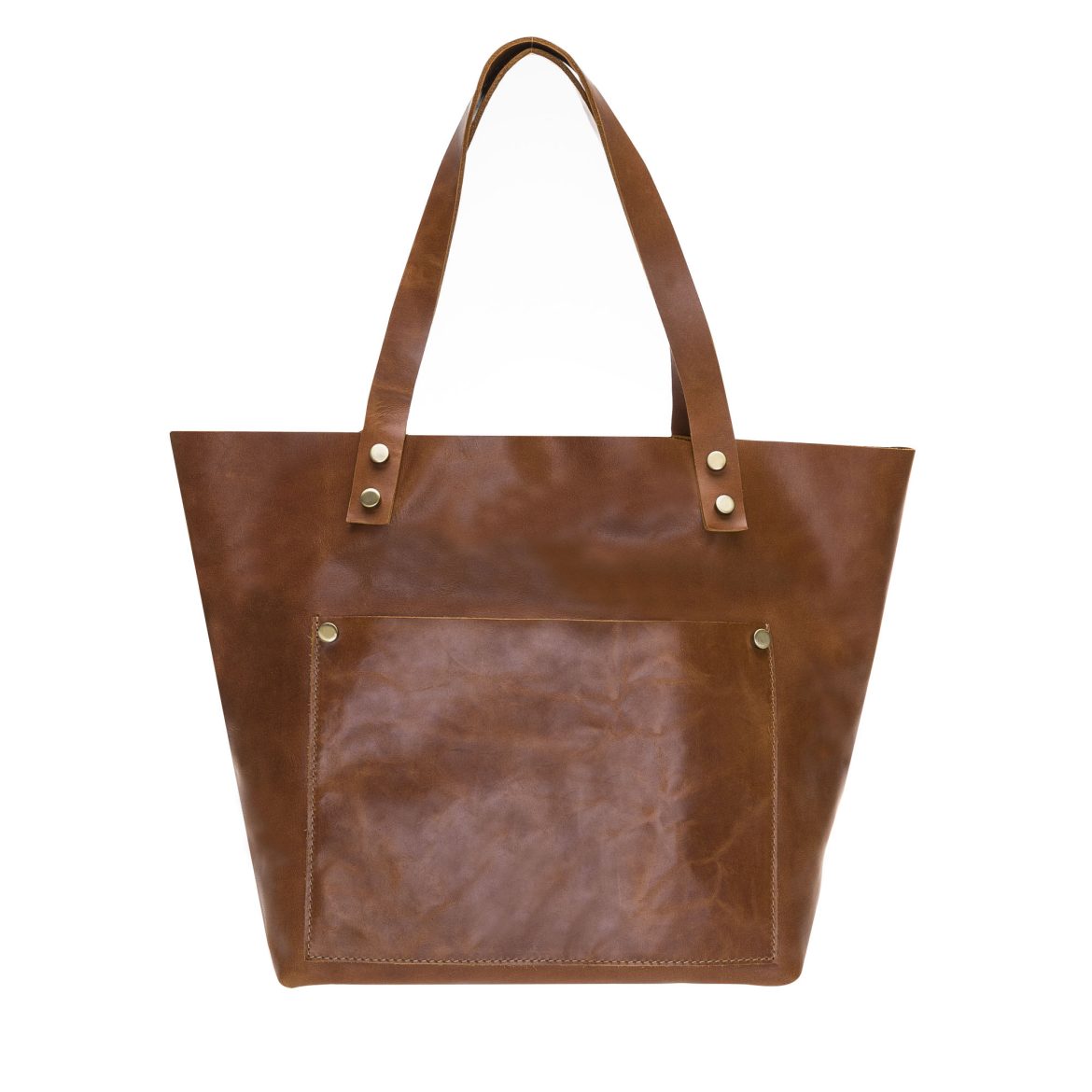
Your comment submitted.